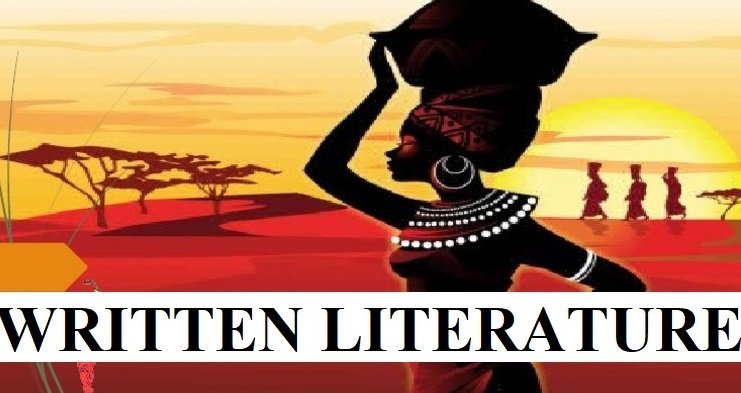BEER, WINE & SPIRITS Here are 5 key trends shaping the liquor industry as spirits overtake beer for the first time
CHICAGO — The spirits sector is battling economic challenges to adapt to shifting consumer preferences as it challenges beer’s hegemony.
According to the Distilled Spirits Council of the United States, the revenue market share of spirits increased from 28.7% in 2000 to 42.10% in 2022, surpassing beer for the first time ever. According to the report, beer has a market share of 41.9 percent.
The trade association’s annual conference was held this week in Chicago as part of its 50th anniversary celebrations. Spirits executives, business leaders, distilling experts, and industry stakeholders gathered for the event to discuss the major trends that are spurring this year’s industry growth but also slowing it down.
The beverage alcohol industry currently has a lot to celebrate, according to Chris Swonger, president and CEO of DISCUS, despite supply chain issues and high inflation.
Swonger referred to the sector’s dominance in market share as “a great American success story.”. We’re committed to maintaining our lead through tenacity and by making sure all of the promising trends we’ve noticed continue. ”.
Here are some important trends that industry leaders who spoke to CNBC see shaping the business today as the spirits industry fights to hold onto its top spot this year amid concerns of a recession.
1.The spotlight is stolen by celebrity brands.
Celebrities are spending more and more time and money in the spirits industry.
Celebrities of all stripes, from actors to athletes, models to musicians, are supporting brands, getting involved in distillation, choosing flavor profiles, and forming alliances within the industry.
These agreements have proven profitable. The fast-growing tequila brand Casamigos was sold to Diageo in 2017 by actor George Clooney and his co-owners for $1 billion in a cash out that inspired others to follow suit.
In a panel discussion at the Chicago conference, actor Mark Wahlberg stated, “I saw there was lots of success in the celebrity tequila space and that intrigued me.”.
.This year, Wahlberg and Mexican co-founder Aron Marquez established the tequila company Flecha Azul. Together, they have been touring the nation to promote the product, which Wahlberg has dubbed “the drink of the summer.”. ”.
I like to outperform my successful friends in everything I do, said Wahlberg.
But it’s more than just the name, he continued. “The product quality has been at the center of everything we’ve done since the beginning. ” .
Wahlberg joins other well-known people who use their celebrity to their advantage in the alcohol industry, such as Ryan Reynolds, Sean “Diddy” Combs, Kendall Jenner, Dwayne Johnson, Michael Jordan, and David Beckham.
2. Luxury spirits and RTDs are being driven by premiumization.
Consumers acquired a taste for higher-quality spirits during the Covid-19 pandemic and grew accustomed to consuming ready-to-drink cocktails outside of bars.
According to DISCUS, sales of luxury brands increased by 4% in 2022 over 2021. The data from the group does not track the overall market share that luxury brands have in the spirits industry.
Tequila, American whiskey, and other spirits have seen explosive growth in sales as a result of the trend, which is characterized by consumers’ willingness to spend more on premium bottles.
According to DISCUS, sales of American whiskey increased 19% and tequila increased by 21% in 2022.
Following this trend, pre-mixed cocktails, including RTD drinks with a spirit base, increased in popularity. To reach $2 point 2 billion in sales in 2022, the category experienced growth of 35 point 8%.
By expanding their product lines, brands are quenching the demand for spirit-based RTDs.
With a line of cocktail pouches made with organic vodka and coconut water, Pennsylvania-based Holla Spirits, a provider of vodka, entered the RTD market last year. Lime, watermelon, and papaya are some of their flavorings.
Because it has become such a common expectation of brands, these have been a great addition to our portfolio, according to Holla President Patrick Shorb.
3.Drinks with no or little alcohol are trendy substitutes.
Major alcohol manufacturers, such as Heineken and Anheuser-Busch InBev, have recently.
as well as Molson Coors.
have joined the trend toward non- and low-alcohol beverages.
Consumers who want to drink less or who might want to abstain for personal or health reasons have increased their demand for these substitutes.
According to IWSR Drinks Market Analysis, the volume of non- and low-alcohol beer and cider, wine, spirits, and RTD products increased by more than 7% in 2022 across 10 important global markets.
Tobin Ludwig, co-founder of Hella Cocktail Co., noted that younger generations in particular are drinking less and, when they do, doing so more deliberately.
The business uses spices and botanical flavors to add flavor to its line of nonalcoholic beverages.
You can socialize and have fun without drinking anymore. In fact, choosing nonalcoholic options is now socially acceptable and in some parts of the sober curious movement, it’s the norm, not the exception. For many, alcohol was seen or experienced as a detractor, the author continued.
4. Conscious consumers desire a narrative.
Consumers today are looking for brands that align with their values more and more. Companies are taking advantage of this opportunity by emphasizing their efforts in sustainability, contributions to local communities, and commitments to diversity.
The trend will continue as customers start to speak up about their priorities and start to hold businesses responsible for their actions.
As a way to lessen their impact on the environment, more companies than ever are using eco-friendly packaging for their products. Craft spirits, which are typically created by small distilleries using materials and ingredients sourced locally, have also grown in popularity recently.
Additionally, companies are investing more in initiatives related to diversity.
This “is not only a social good, but is good business for all,” according to Pronghorn’s CEO and managing director Jomaree Pinkard. ”.
To foster Black talent in the spirits sector, the company runs incubator and accelerator programs. According to its research, while Black Americans account for 12% of all alcohol consumers, they only make up 78% of the labor force and 2% of industry executives.
In light of the fact that consumers are becoming more aware of how brands interact with disadvantaged communities, Pinkard stated that this “should be alarming to shareholders.”.
5. Issues with the supply chain and inflation still exist.
Some businesses have had difficulty keeping up with the rising costs of the complex ecosystem that surrounds the spirits industry, which also includes the oil used for freight shipping and the price of glass bottles. Supply chain disruptions have occasionally resulted in price increases that consumers have accepted.
The lifting of the EU and U.S. sanctions has brought some relief to the sector.
K.
American whiskeys will be subject to retaliatory tariffs. While some of the protections may soon expire, this has helped distillers regain their footing in these important international markets.
It is “critical that these tariffs are permanently removed,” according to Lisa Hawkins, chief of communications and public affairs at DISCUS, to maintain momentum in the spirits sector.
If a deal is not reached later this year, a 50% EU tariff will be imposed on all American whiskeys starting in January.


















Leave a Reply